Join us on our journey towards renewable energy excellence, where knowledge meets innovation.
We looked at how secondary (aFRR) and tertiary (mFRR) regulations are negotiated daily, offering renewable energy producers the chance to tap into additional revenue streams beyond electricity sales.

Balancing Services refer to the services provided by generators, consumers, or storage systems to the electrical grid, ensuring the quality and continuity of the power supply.
These services are crucial when there is a disparity between demand and supply, causing the operational frequency of the electric system to deviate from standards. In such cases, the system operator may procure balancing services to restore and maintain optimal operating conditions.
To learn more about Balancing Services, read our article Ancillary Services - Frequency Restoration Reserves.
In Spain, any generator can offer a balancing service, as long as it meets the specified technical criteria. Services of secondary (aFRR) and tertiary (mFRR) regulations are negotiated on a daily basis following the volume requirements estimated by the system operator. The existence of a regulation services market means renewable generators may acquire extra revenues beyond the ones obtained by selling electricity. In this sense, producers can stack both revenues and increase the financial return of the project.
To understand the size of this market in Spain, Graph 1 presents the volumes of energy transacted for secondary and tertiary regulations in the past 5 years.
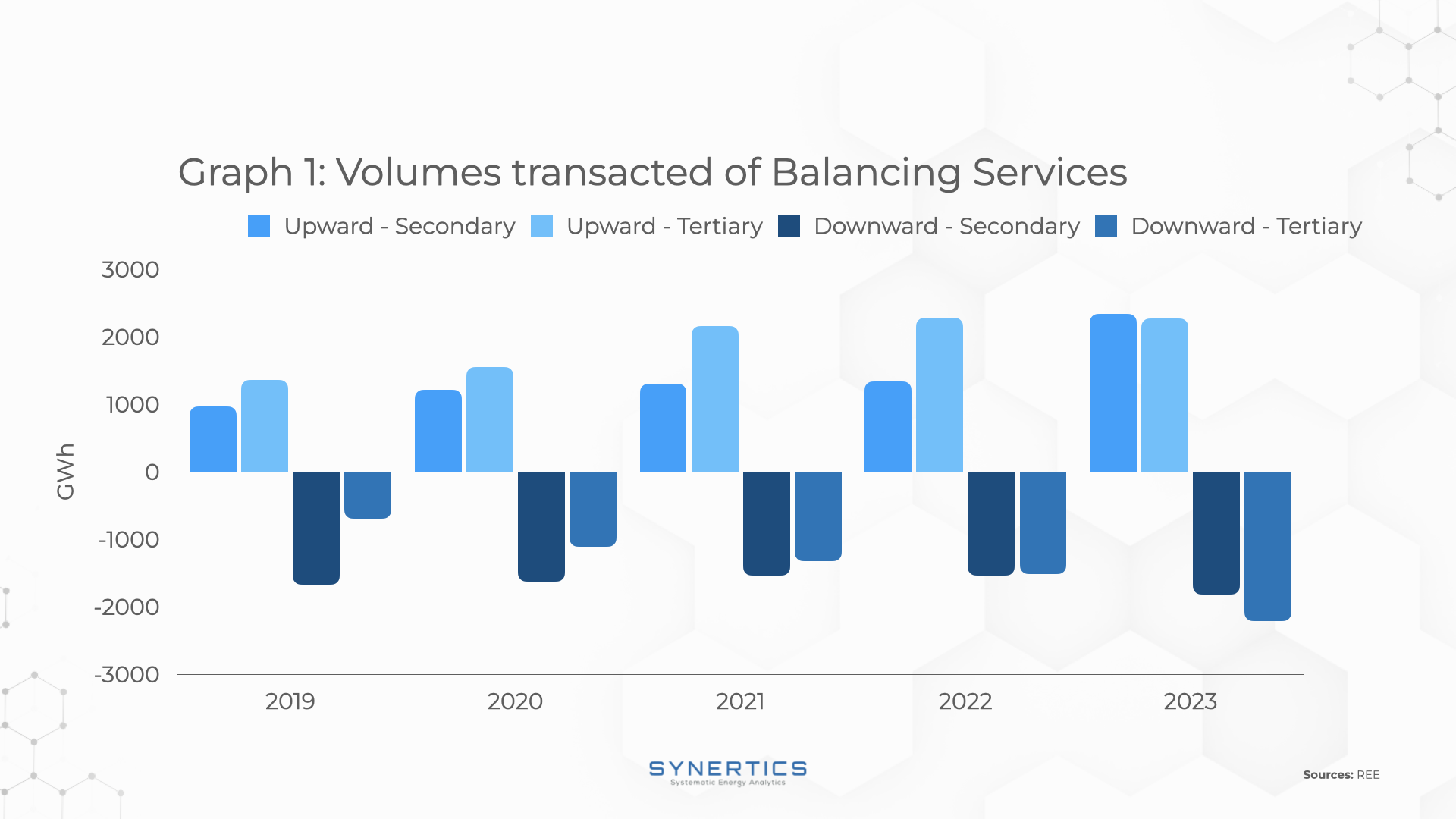
In regards to the prices for the energy transacted, Graph 2 presents the evolution of the past 5 years.
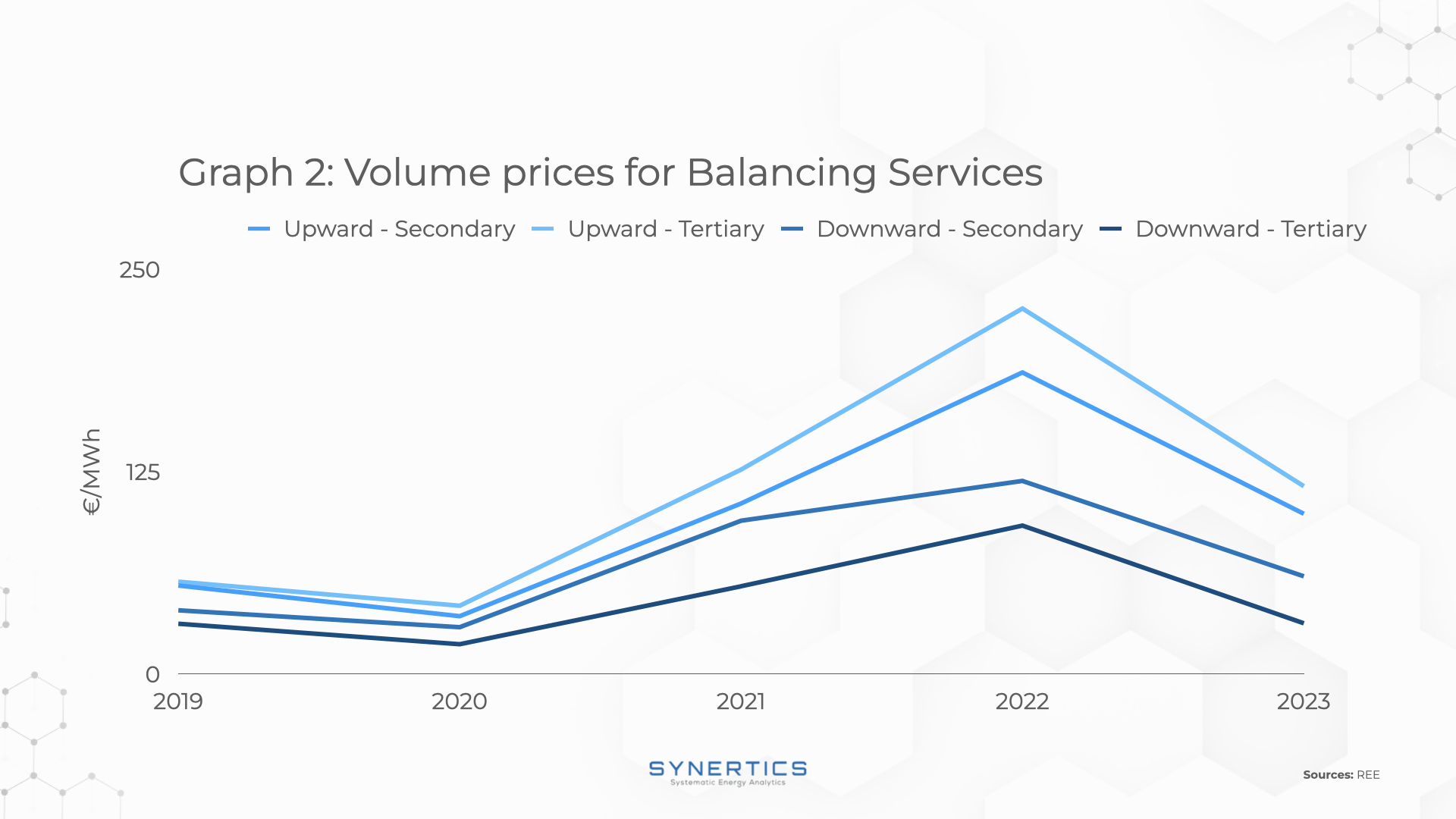
Comparing the prices for upward and downward activation in both the secondary and tertiary regulation services, the values presented a peak in 2022 and have fallen to pre-crisis values since 2020.
While both secondary and tertiary services are compensated by the volumes of energy required, secondary services are also compensated by capacity disposable.
Graphs 3 and 4 present the capacities transacted per year and the average yearly prices for capacities of secondary services, respectively.
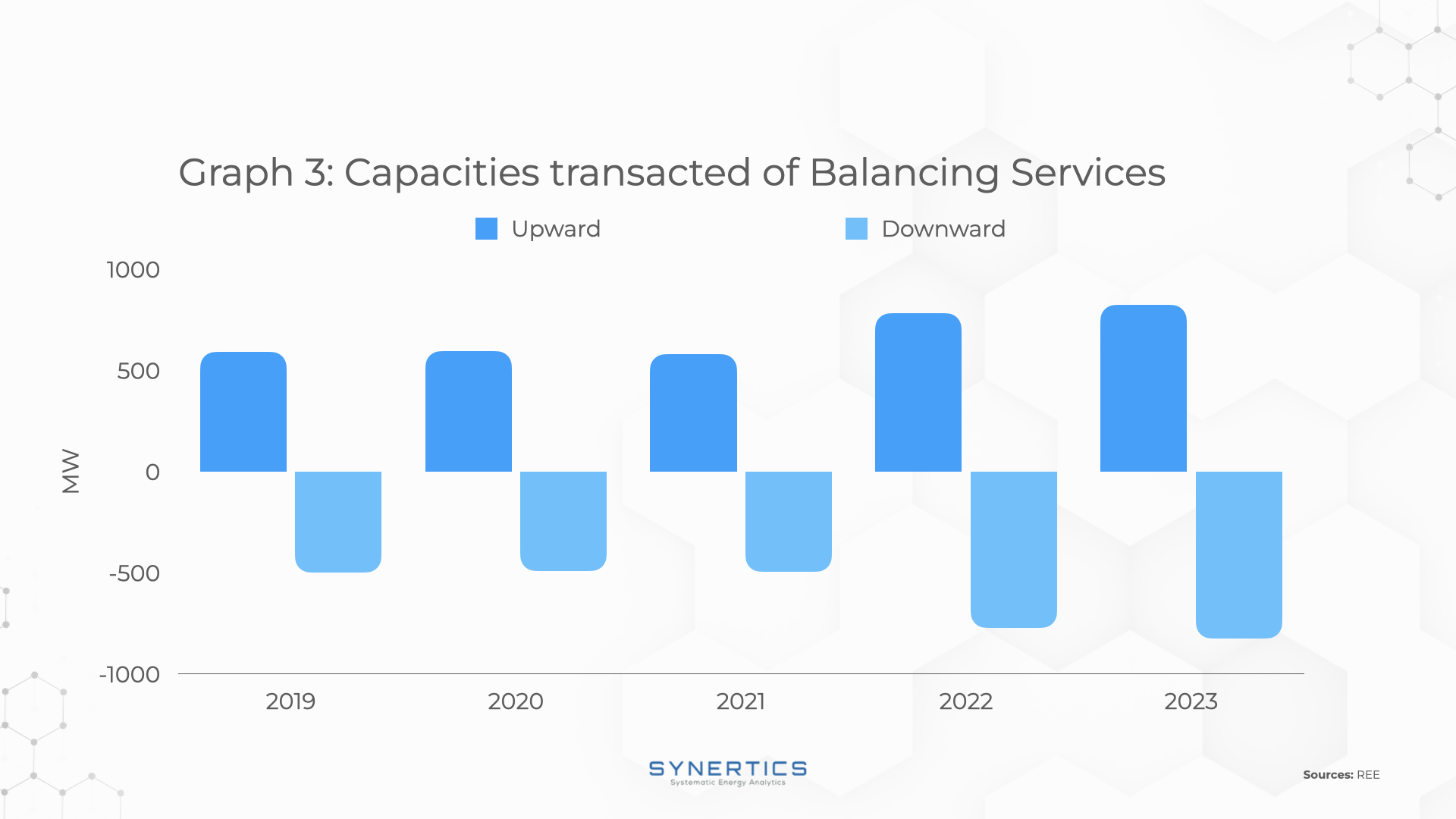
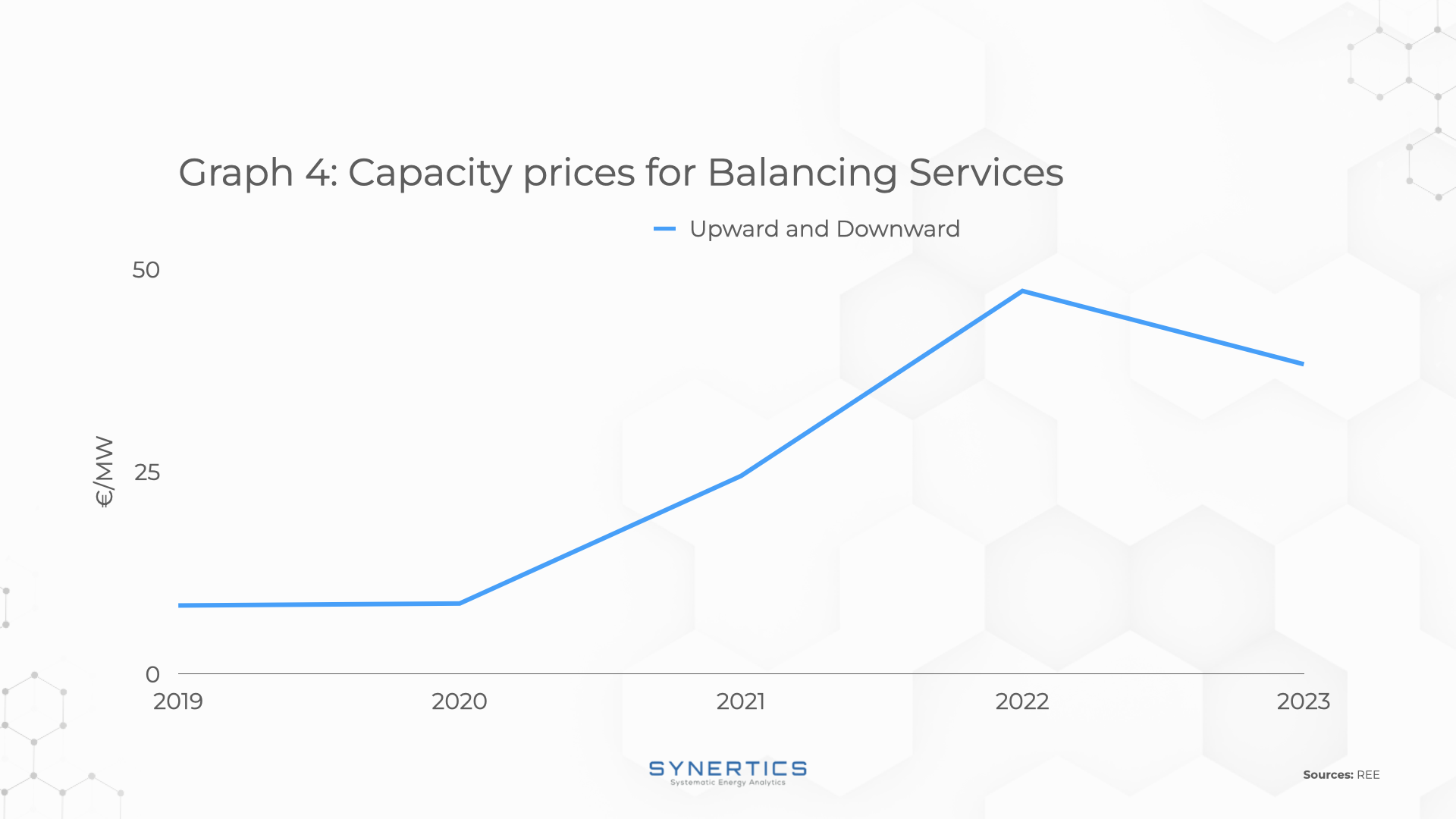
It is worth noting that both upward and downward activation balancing capacities are compensated at the same price.
In 2022, secondary capacity reached the highest level during the past 5 years. Although the values fell in 2023, the price levels are still higher than pre-crisis levels.
Revenue stacking is a way to increase revenues from different sources and, therefore, mitigate risks related to investment in energy projects. This strategy is used by several storage system owners to achieve financial attractiveness.
Since renewable generators are also allowed to provide regulation services in Spain, operating in this market may be a good strategy during times of low electricity prices. Combining the earnings obtained from the sale of energy with the ones obtained from the secondary and tertiary regulation markets can therefore significantly enhance the revenue stream of solar and wind projects and thus their value.
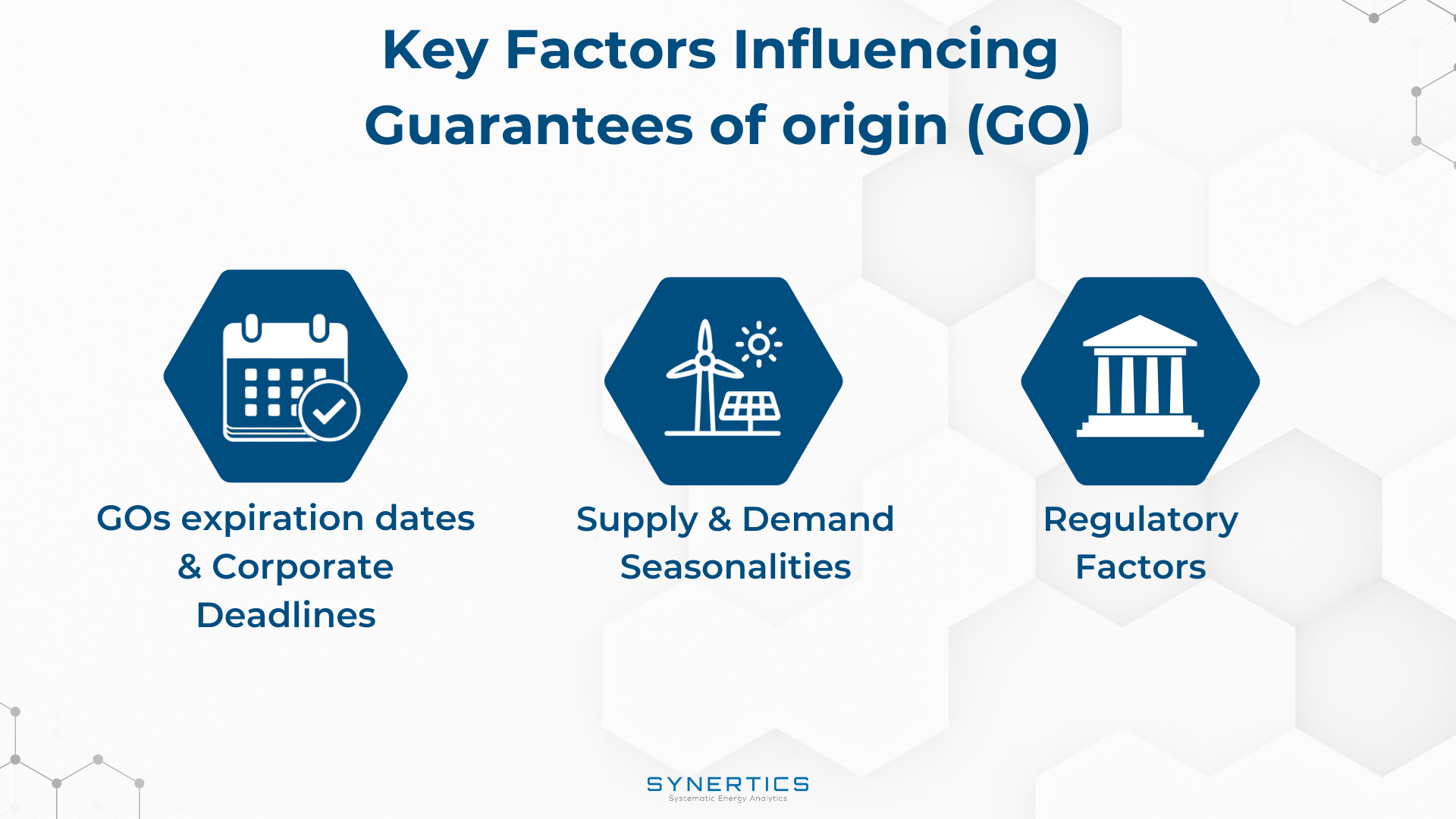
Insights, Market-trends
15th Dec, 2025
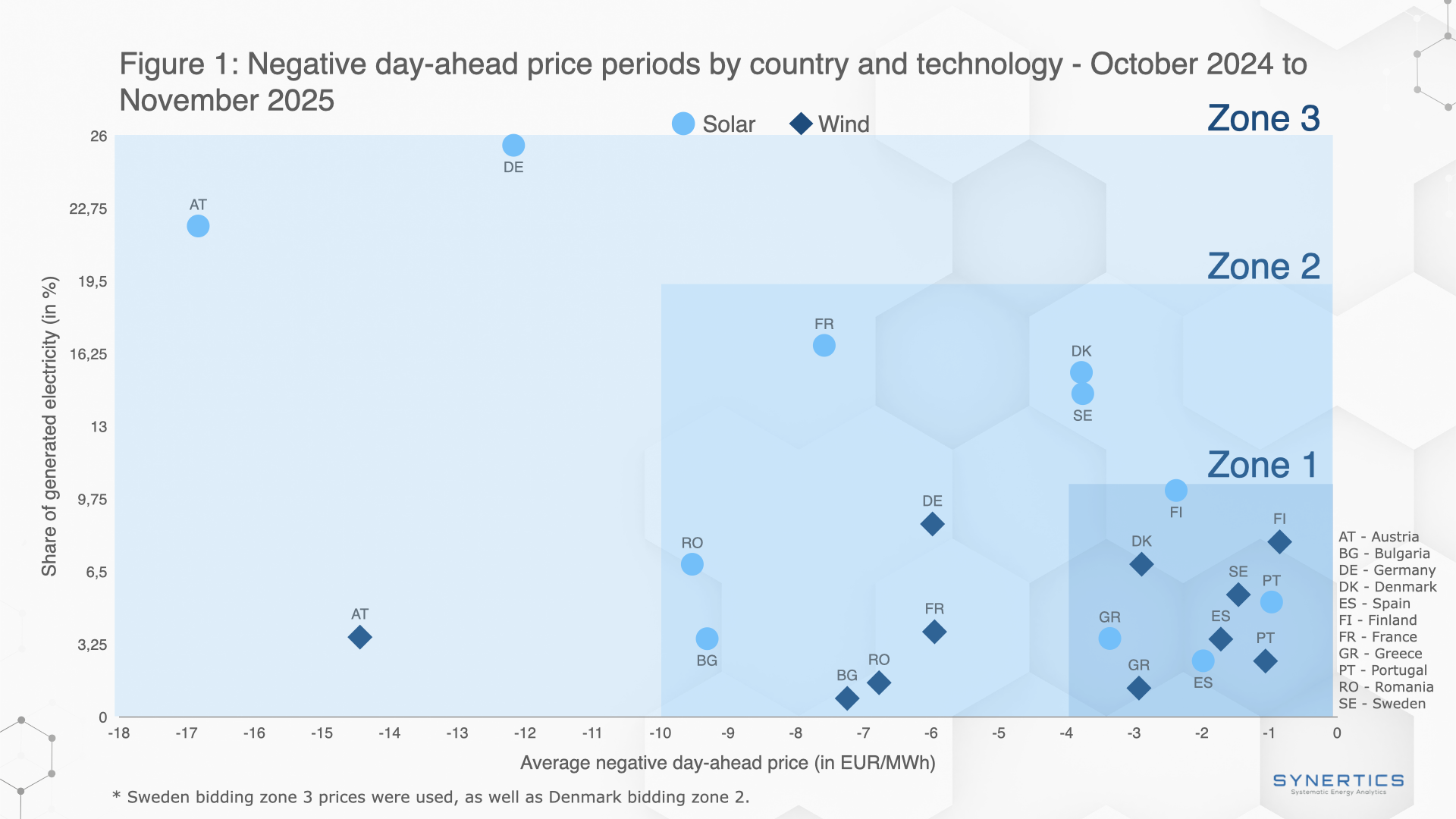
Market-trends, Projects
27th Nov, 2025
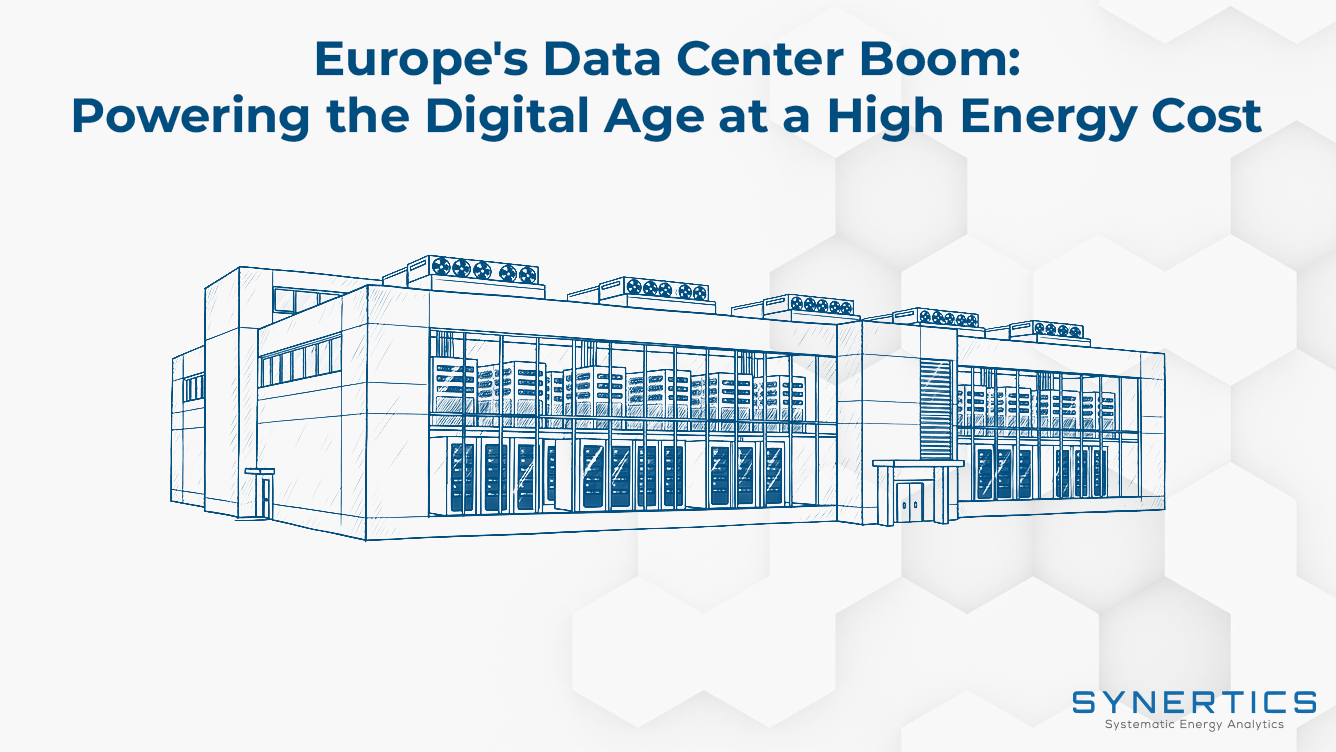
Market-trends
21st Oct, 2025